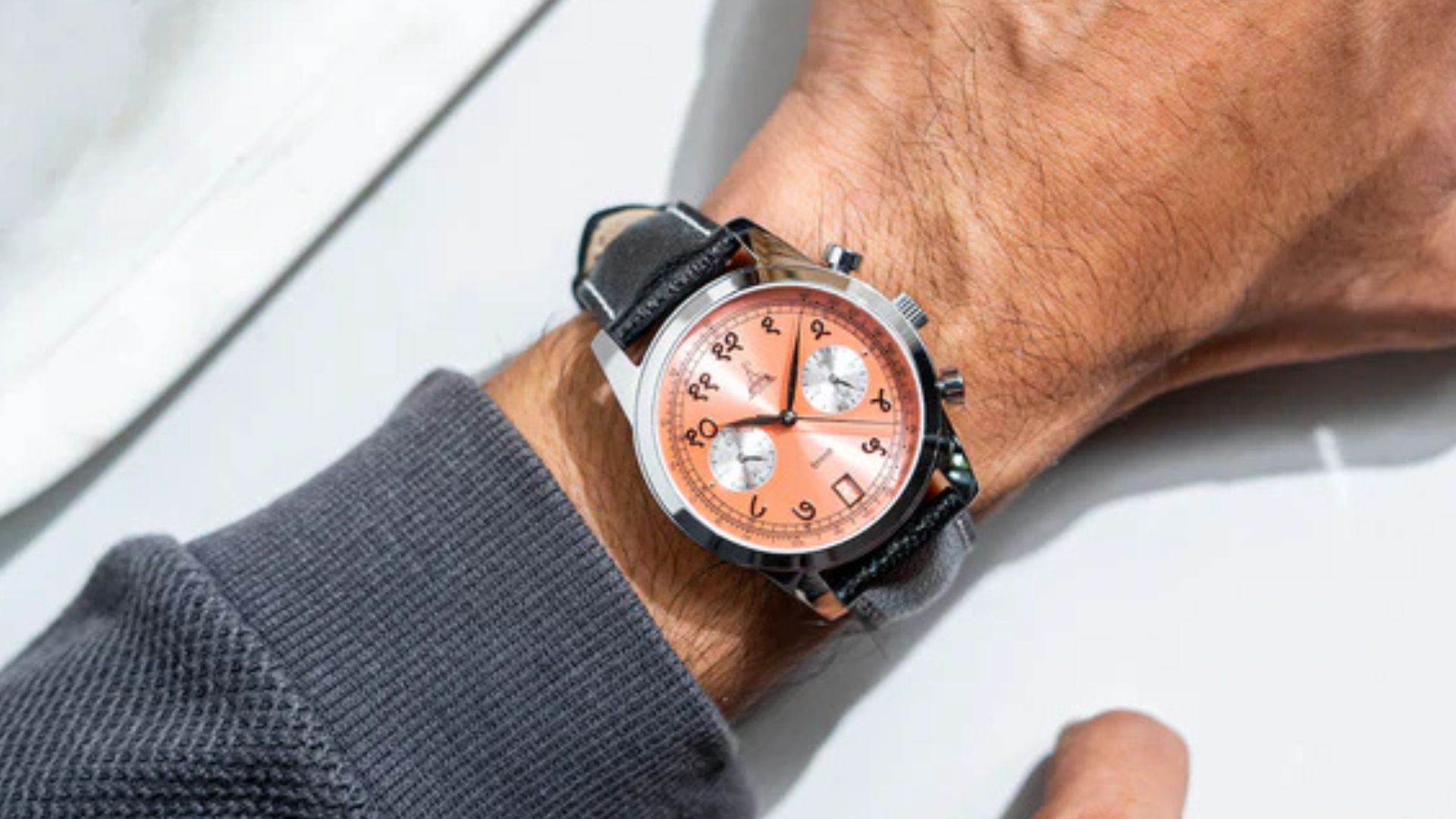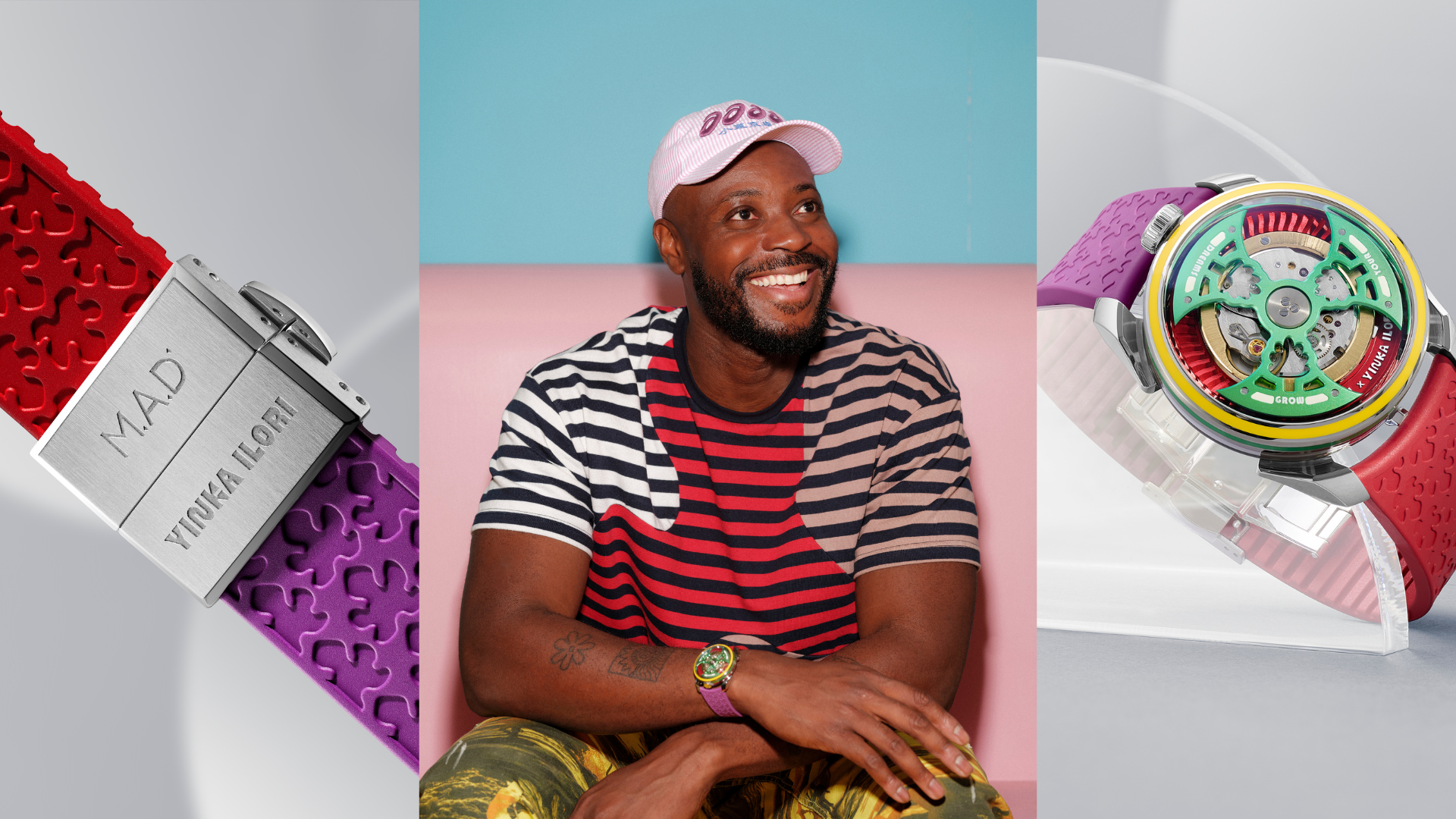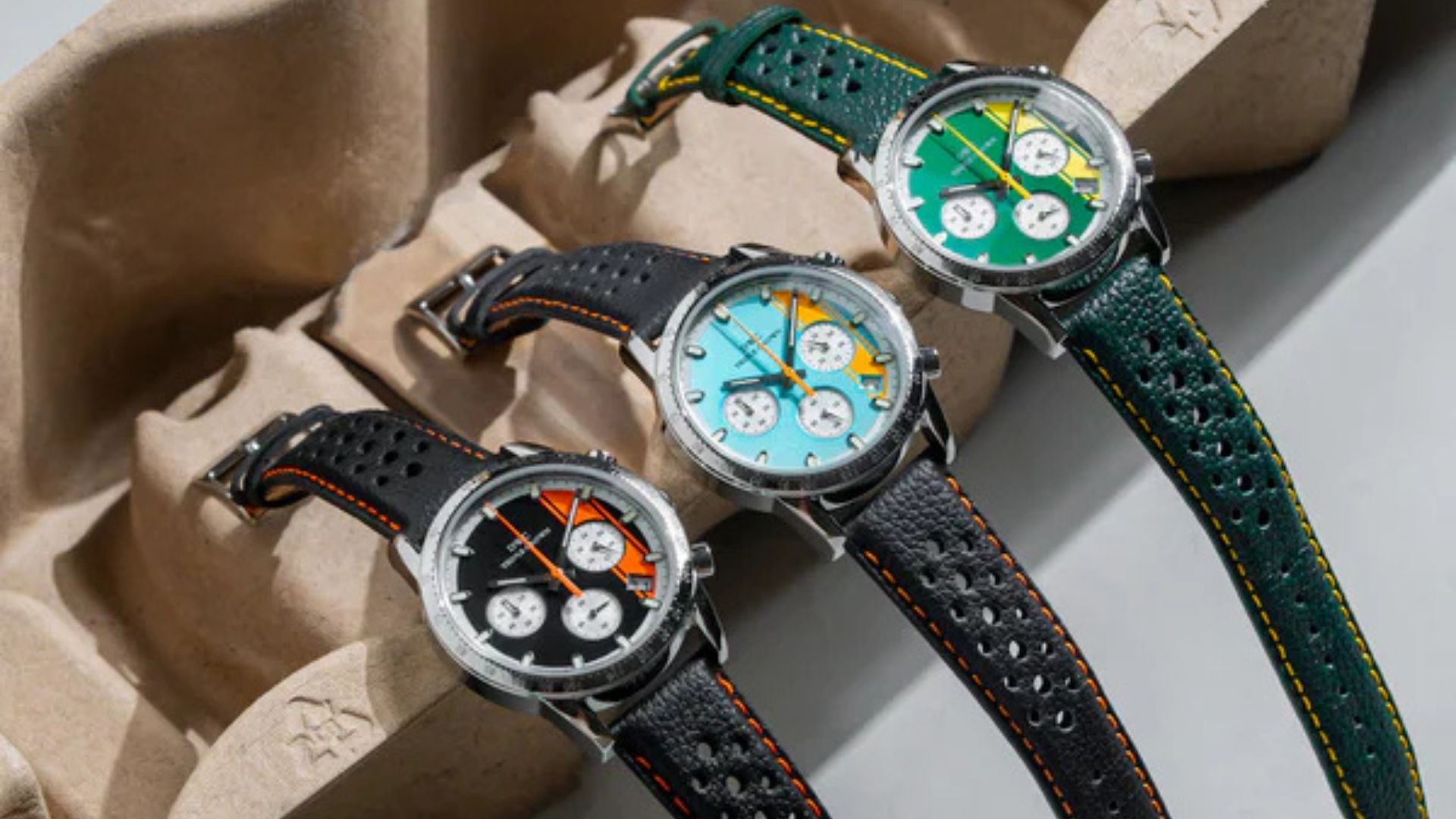A Brief History of the Evolution of Watch Bracelets
.jpg)

The impact of a bracelet on a watch cannot be overstated. Some of the most innovative designs in the realm of horology have materialised within the world of bracelets. From the timeless Gay Frères Beads of Rice bracelet to the steadfast Jubilee from Rolex, this aspect of watch craftsmanship holds profound significance. Yet, it remains a part of watchmaking that is often overshadowed by other components. To a casual observer, these metal bands might appear as merely pragmatic additions. Of course, these bracelets, be it meticulously handcrafted or industrially engineered, have more to offer than just anchoring a watch to the wrist. They are conduits of discovery and delight, and repositories of stories, and we are here to unravel these.
Evolution of the Humble Watch Bracelet
The history of wristwatches is often associated with leather straps, evolving from pocket watches with soldered lugs. However, delving into the past reveals that the concept of a wristwatch dates back much further. The earliest record of a wristwatch can be traced to 1571 when Queen Elizabeth I received a unique gift ― an "armlet" with a movement. Although more ornamental than functional, this piece marked the initial spark in the evolution of wristwatches.

During the 18th and 19th centuries, intricate bracelets, housing small spring-driven movements, emerged, with references found in an 1790 account book, written by Jacquet-Droz and Leschot. These jewellery-like timepieces lacked accuracy and durability due to technological constraints, their vulnerability to dust, water, and shock further limiting their popularity, when compared to pocket watches. The 1930s and '40s saw metal bracelets gain traction, initially in women's watches and later extending to men's watches during the '50s and '60s. Before this shift, men's watches, often crafted from precious metals, featured narrow lug widths, dissuading the use of bracelets lest they were perceived as being “feminine”.

Concurrent with the rise of metal bracelets, women's watches and jewellery pieces retained their popularity. Creative integration of movements into jewellery bracelets showcased innovative craftsmanship. Gold remained the preferred material, but it was primarily employed in women’s watches during the first half of the 20th century. The advent of folded steel bracelets during the Second World War was a turning point in watch design. Earlier, military watches relied on leather or fabric straps. The introduction of these durable steel bracelets transformed the practicality and resilience of watches, aligning them with the demands of the armed forces. Since then, the evolution of watch bracelets has closely mirrored that of wristwatches themselves.
Notable Bracelets
1. The Bonklip
In the 1920s, the initial attempts of Walter M. Krementz, an American jewellery specialist, at making Bonklip lacked commercial success. However, Dudley Russell Howitt's 1930 United Kingdom patent marked a breakthrough. The Bonklip bracelet gained popularity as the first choice for WWII British pilots, fitting Jaeger-LeCoultre and IWC Mark XI watches. Its unique design allowed easy adjustment for wrist size and comfort, even in adverse conditions.The inventive metal mesh structure became popular for crafting affordable stainless steel bracelets of different widths, meeting the demand for robust accessories during WWII. The British Ministry of Defence supplied Bonklip bracelets to Royal Air Force crew members in the 1950s and the 1960s.
.webp)
These bracelets adorned prestigious watches like the IWC Mark XI and military-issued Lemania chronographs and Smiths pilot's watches. After 1950, the patent's expiry led to similar bracelet production, notably by Gay Frères for Rolex. Interestingly, in this era, bracelets sometimes cost nearly as much as the watch itself, as exemplified by the two-tone Rolex Imperial. This highlights the era's intricate manufacturing challenges.
2. The Oyster

In the historical context of watch accessories, the Oyster bracelet has become inseparable from iconic Rolex models like Submariner and GMT Master II. However, it's important to note that watches primarily used leather straps until the 1940s, with metal bracelets as premium options. The defining feature of the Oyster bracelet is its three-link structure, balancing functionality and elegance. It evolved from the earlier Bonklip design, gaining strength and stability for Rolex's professional watches in the 1930s. Gay Frères initially produced the Oyster bracelets, with refinements over time. They appeared in a Rolex catalogue in 1948, with the characteristic curved end links, introduced in 1952. The design has seen minor changes in tapering and clasp mechanisms since, showcasing Rolex's dedication to maintaining the Oyster's timeless appeal.

The Jubilee bracelet was launched in 1945 to celebrate Rolex's 40th anniversary. Unlike the Oyster, which saw multiple versions from various manufacturers, the Jubilee remains a Rolex original. Initially crafted in solid gold for the Datejust, it later got extended to stainless steel and two-tone options. While present in some GMT Master II references, it predominantly graces Rolex's elegant models.

Gay Frères
Established in 1835 by Jean-Pierre Gay and Gaspard Tissot, Gay Frères initially crafted gold chains for pocket watches. Shifting to wristwatches in the 20th century, they excelled in producing high-quality metal bracelets, notably for the Royal Oak and the Nautilus.

Collaborating with watchmakers like Audemars Piguet and Patek Philippe, Gay Frères integrated bracelets into watch designs, setting a remarkable trend. The iconic bracelet for the first Royal Oak ref. 5402 is a notable example of this collaboration. In 1998, Gay Frères was bought by Rolex.
3. The Beads of Rice

A Beads of Rice bracelet is distinguished by its unique charm. It is said to be crafted by Jacoby-Bender in the mid-20th century. However, it is now generally agreed upon that Gay Frères was the driving force behind its development. This bracelet exudes subtle elegance and its versatility complements both vintage and contemporary dress watches; it has been embraced by brands like Omega and Longines. Take the TAG Heuer Heritage Autavia as well. As implied by the name, this 2017 rendition draws inspiration from the 1962 model, retaining the iconic Beads of Rice bracelet. The bracelet’s name belies its comfort and influence, inspiring various derivations, from brick to honeycomb patterns.
4. The Cheese Grater

This unique bracelet design features meticulously crafted links with varied perforations, creating an intricate and textured appearance, reminiscent of perforated cheese. Apart from its aesthetic value, these perforations offer practical benefits like reduced weight, improved ventilation, and enhanced flexibility. Seen on watches like the Patek Philippe ref. 3448 Perpetual Calendar and Beta 21-powered timepieces, this design reflects the brand's creativity during the Quartz Crisis, with limited production carried out by a specialised jeweller in Pforzheim, Germany. Almost a century after its creation, the bracelet maintains a strong following due to its unique vintage charm.
Ponti Gennari

Ponti Gennari, based in Geneva, is another remarkable manufacturer. Operating from the current site of the Patek Philippe museum, this workshop's craftsmanship earned plaudits from both brands and collectors. Notably, Ponti Gennari bracelets were not standard issues, but were optional additions, requiring specific requests upon purchase. Specialising in collaboration with Patek Philippe, they excelled in intricate diamond settings and ornate gold patterns adorning wristwatches. Acquired by Piaget in 1969, the company persisted in producing opulent jewellery-like bracelets for decades. Interestingly, Jean-Pierre Hagmann, renowned master casemaker, began his career at Ponti Gennari before moving to Gay Frères. Exclusively crafted in precious metals, Ponti Gennari creations boast a distinctive flair, a robust character, and meticulous detailing.
5. Milanese/Mesh Bracelets

Originating in 19th century Milan and refined in early 20th century Germany, the Milanese bracelet boasts lasting popularity. It adorned watches in the 1930s, experienced a resurgence as the "shark mesh" in the 1960s, and is back in vogue today, notably embraced by Apple for its Apple Watch. Comprising interwoven metal wires (usually stainless steel) in distinctive mesh patterns, this bracelet combines durability with sophistication. The Omega Seamaster Ploprof 600 m sported this in the 1970s, its robust "shark-proof" mesh band literally defying shark bites while offering breathability due to its steel loop design. Various styles, such as heavy mesh with solid end links and bony, tapered or superfine mesh, cater to diverse preferences and watch types.













.jpg)






